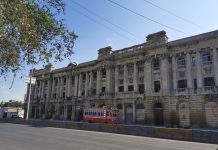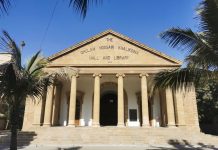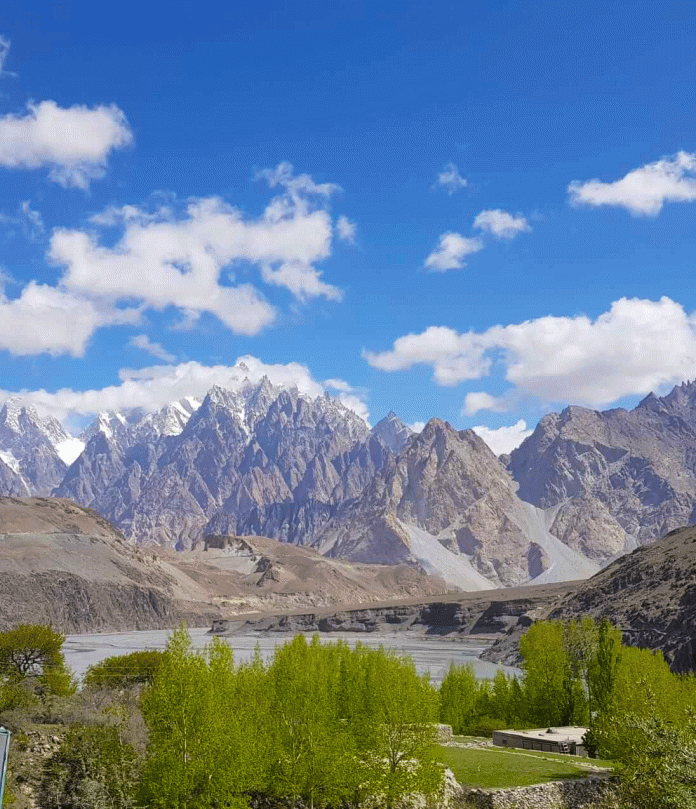Hunza valley is one of Pakistan’s most beautiful and best loved destinations. The stunning vistas, purity of the air and of the hearts of the locals is therapeutic for jaded city slickers who are find themselves engulfed in the calm that pervades the valley.
One of our readers regaled us with stories about her recent trip to this paradise on earth.

What’s the best way to travel to Hunza Valley?
We flew from Islamabad to Gilgit and then it’s onwards to Hunza by road along the Karakoram Highway. Gilgit is very rocky and barren but as one travels further, the scenery starts to become very green and picturesque dotted with little towns and villages.
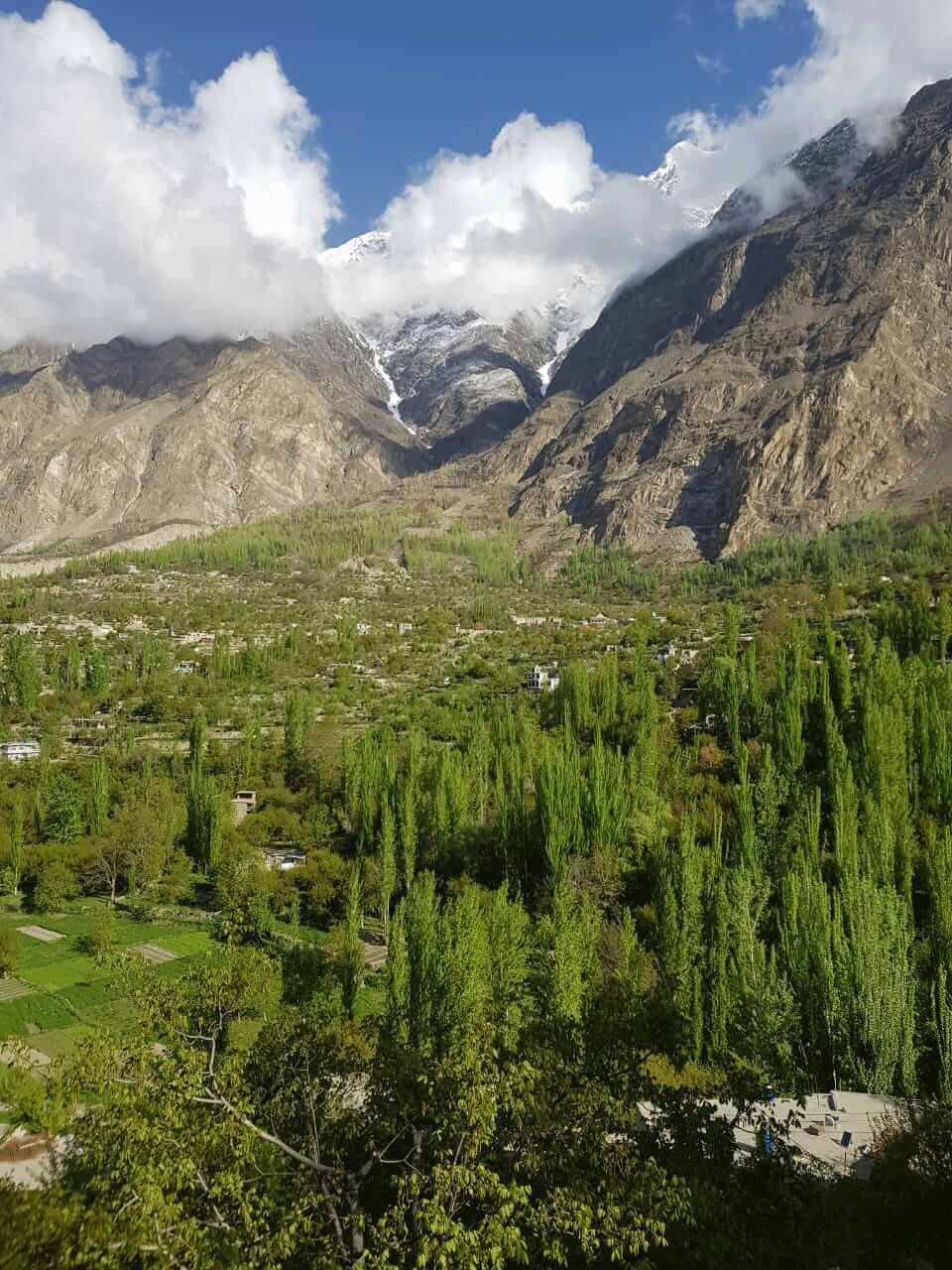
One goes through the Nagar valley then onwards to Hunza valley. Nagar is flatter terrain but also very pretty, Hunza has the magnificent mountains. Travellers stop at Rakaposhi point to take a break.This point offers a great view of the mighty Rakaposhi in the distance. There is also a little restaurant here offering chai, paratha and french fries. Potatoes are cultivated in the region so fries are on offer everywhere.
Where did you stay?
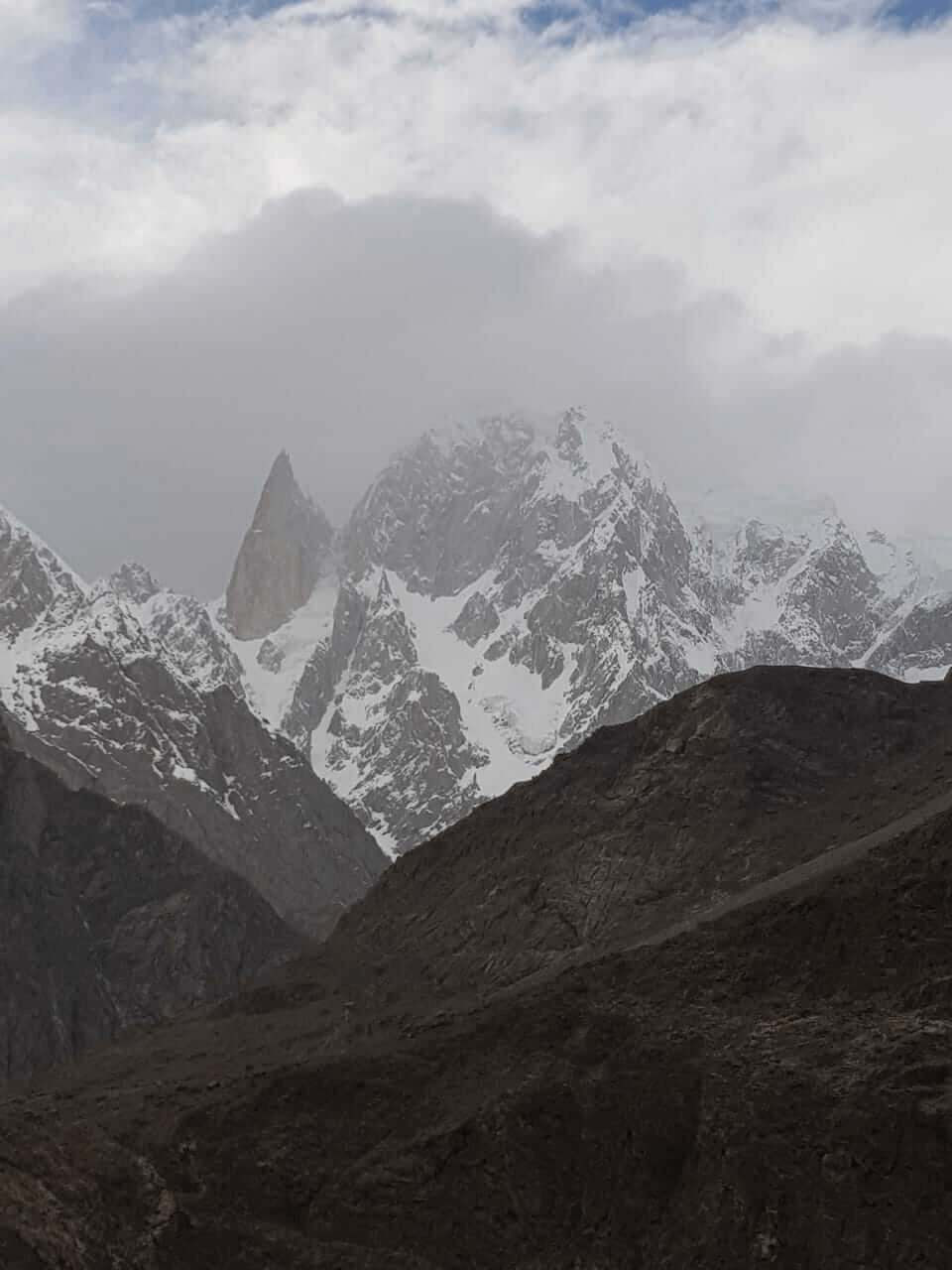
We stayed at the Karimabad Serena. Stepping out on the little terrace attached to our room, we could see the mountains right in front of us. To the left there was Rakaposhi and Lady’s Finger and to the right, Ultar 1 and 2 and the Golden Peak. It’s a panorama of mountains and depending on the weather, sunny or cloudy, you can see all or some the peaks.
The hotel also offers tents and there is a large field where people do yoga. The terraced hillslopes around the hotel are dotted with private homes and orchards of the locals.
What are the locals like?
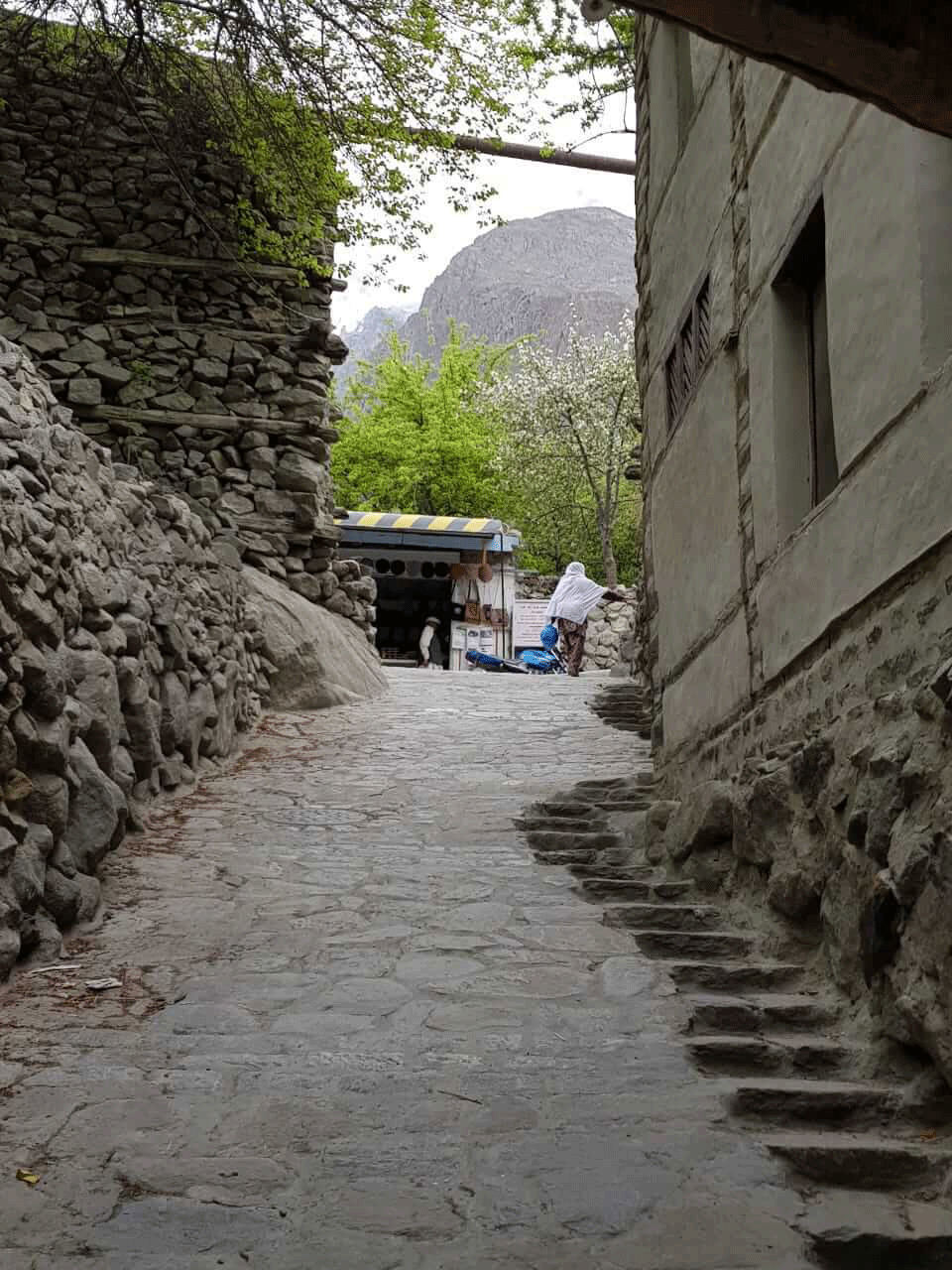
The people of Hunza are are very friendly, outgoing and very aware and in touch with current trends. Perhaps because there is a very high literacy rate here. The local bazaar, which is essentially one street, is very interesting.

There are many family run businesses here, for example the Hunza cafe, where we had walnut cake and coffee. They have an open kitchen and one can see both men and women working here in the kitchen as well as serving people.
Tell us about the historical sites in Hunza valley?
Both the Baltit and the Altit Fort are a must. Do get a guide to tell you about the fascinating history of the forts.
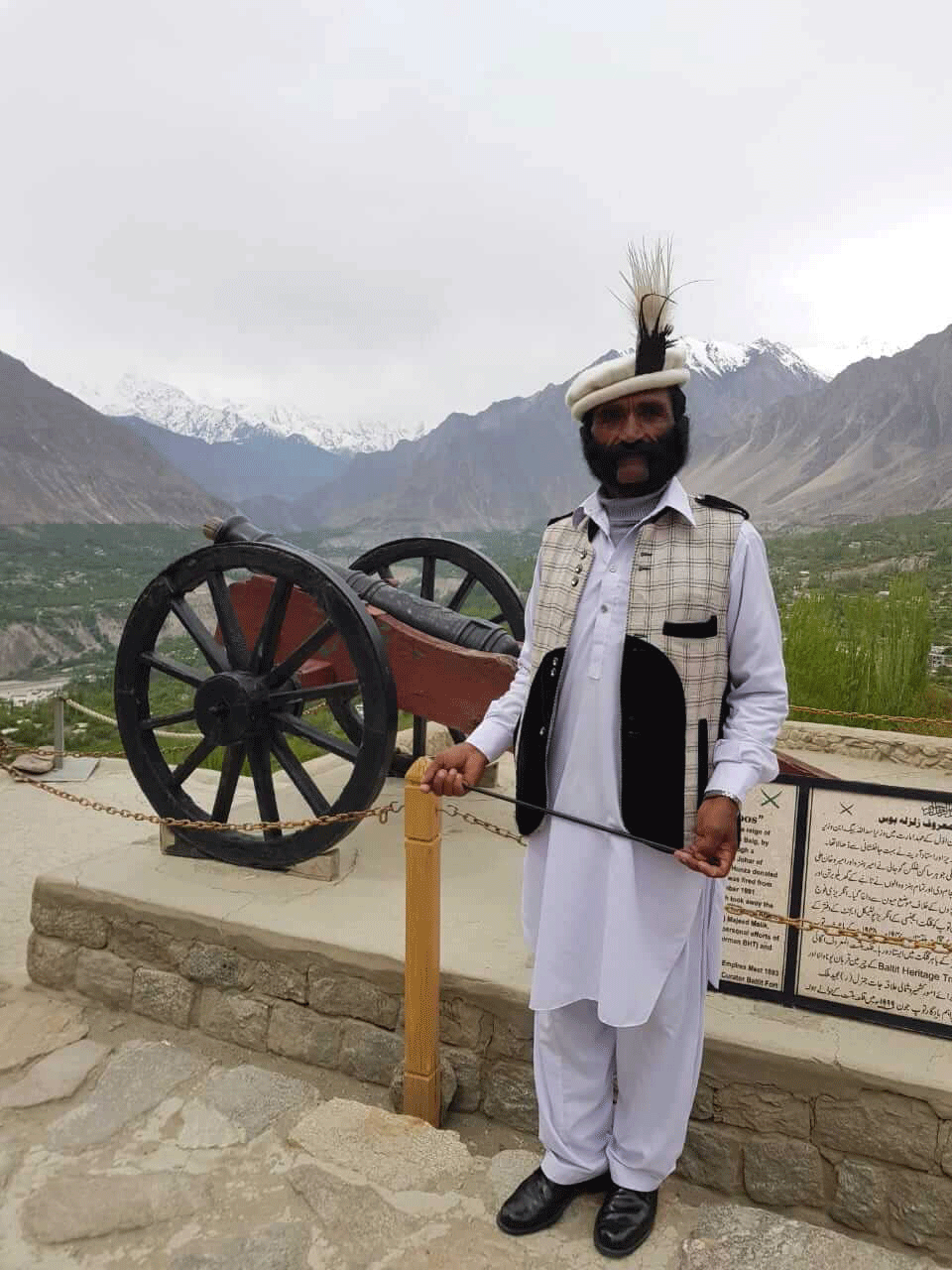
Altit is older at about 900 years and the Baltit Fort is some 800 years old. So the Amir of Hunza and his family moved to the newer and larger fort. Both forts have been restored by the Agha Khan Foundation.
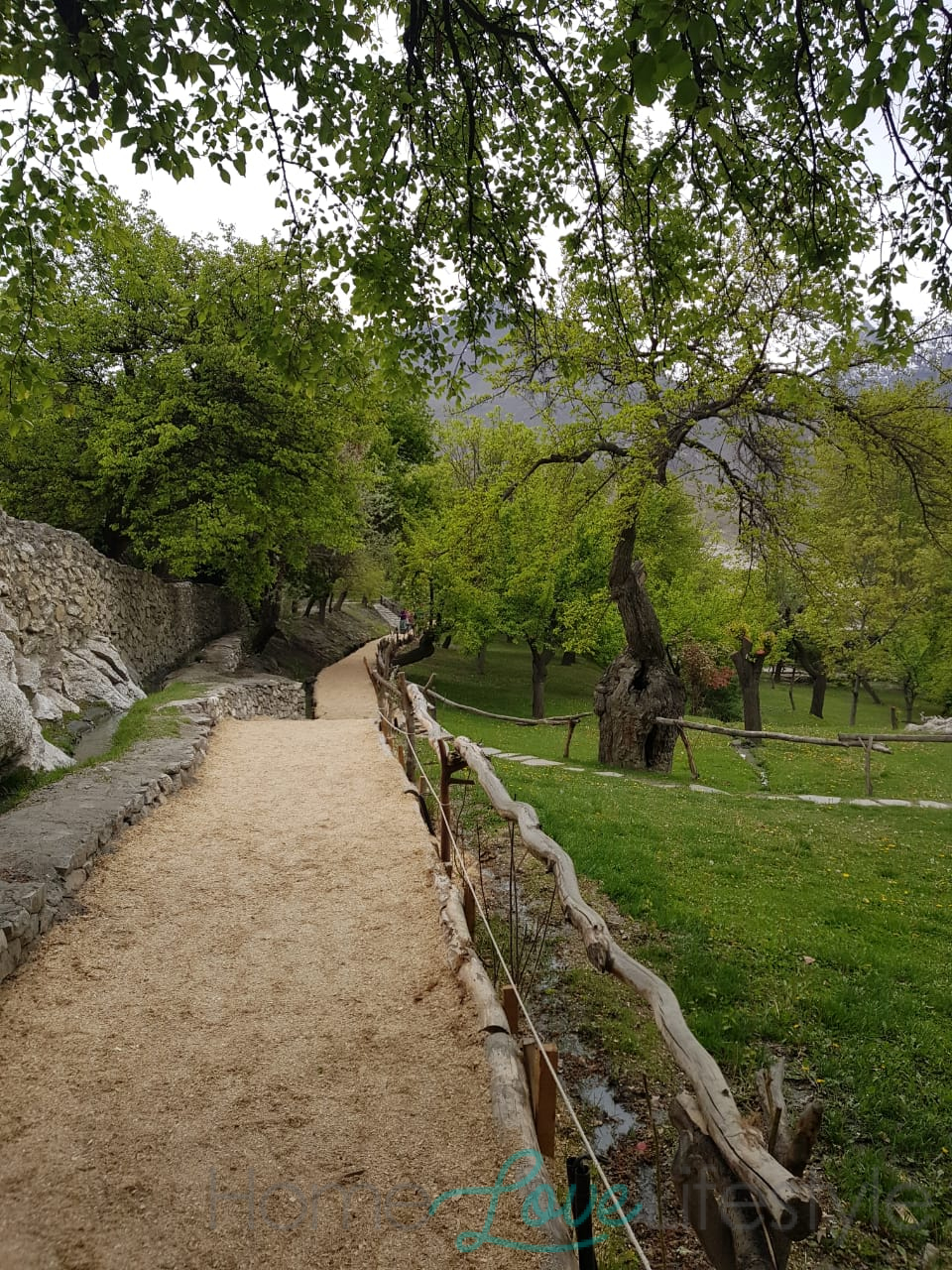
Baltit is very grand with a beautiful sun room etc, Altit is more raw but has stunningly beautiful grounds. the amazing manager of the Altit complex is a lady called Atiqa who came to work here when she was 16. Today she heads the entire project which includes a carpentry centre for women.
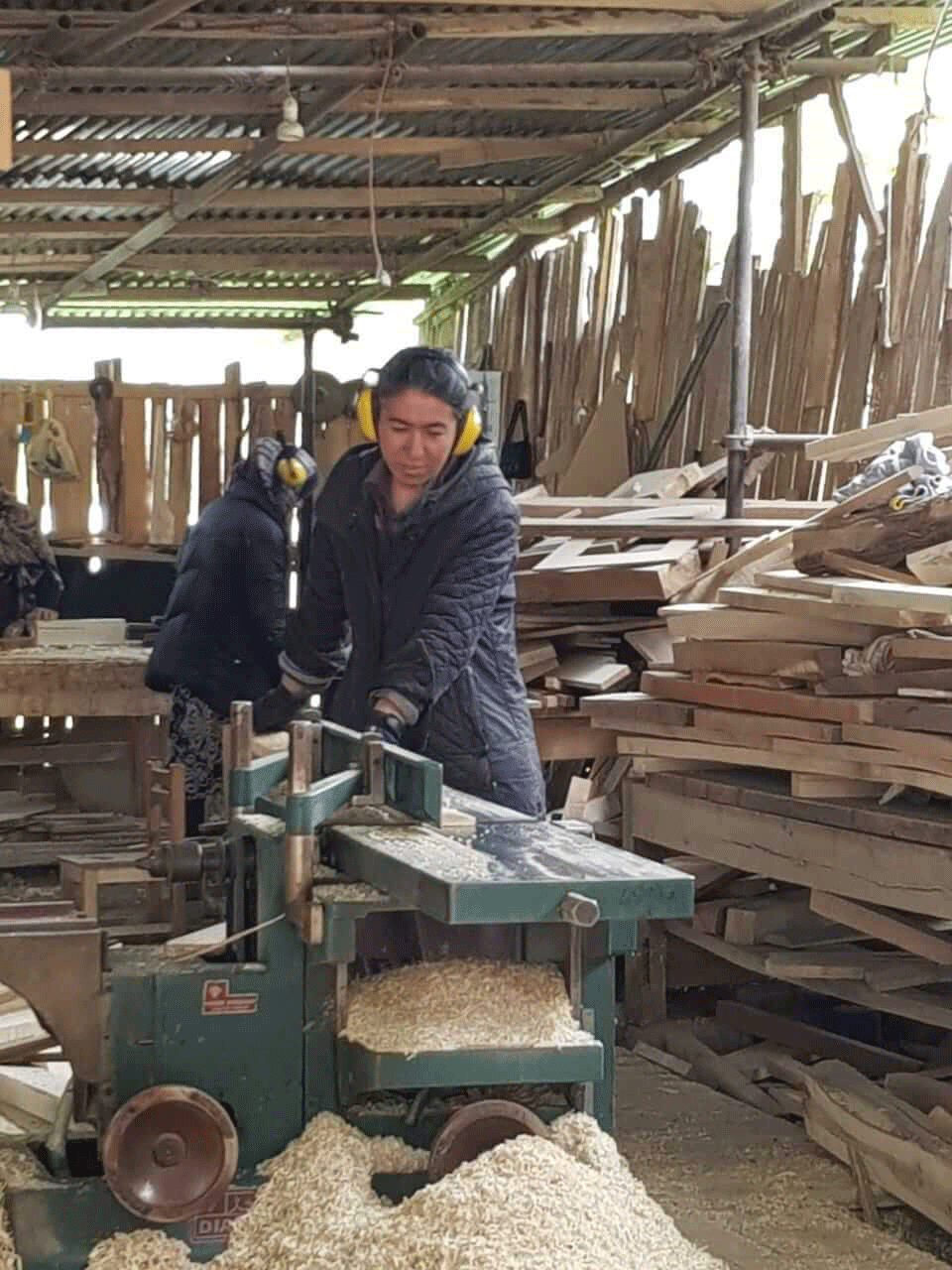
She has travelled abroad and picked up ideas to implement here. For example, the paths to the gardens are lined with wood shavings from the carpentry workshop, an aesthetically pleasing and environmentally friendly solution.
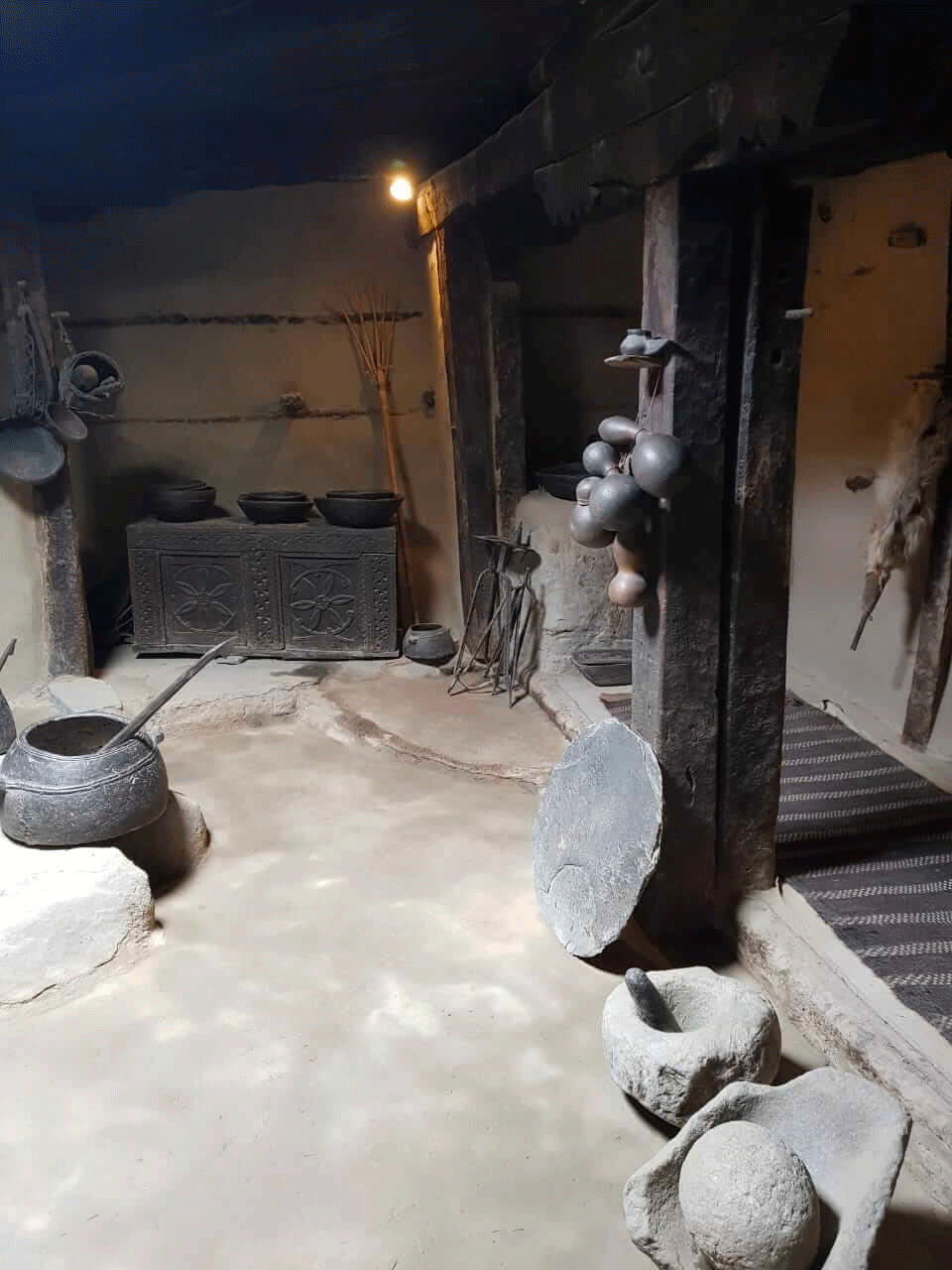

So there is a lot of women empowerment in Hunza valley?
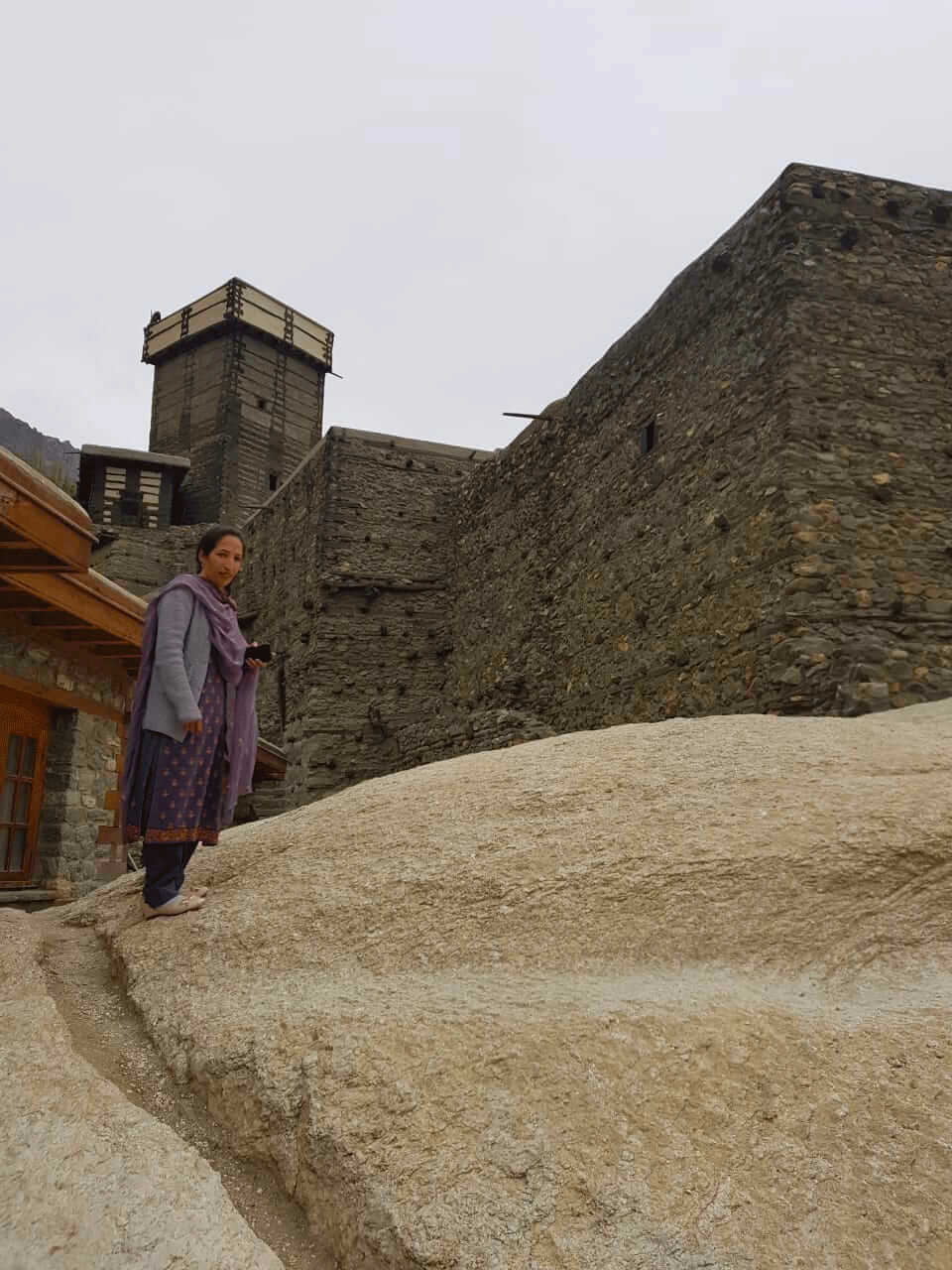
Yes. There are not too many employment opportunities for the men who go to the big cities to work. But they encourage the women to find an alternative source of income. The bazaar is full of little stalls, street food vendors who are women.

One of the local stars of the area is an old lady who sits in little shop tucked into a rocky crevice on the climb upto the Baltit Fort. She has been embroidering handicrafts, using the most impeccable, tiniest of stitches, since she was ten years old. She has received the Pride of Performance and has been featured in several magazines, which are displayed on her shop walls.
Where else did you travel to in Hunza valley?
We took the hair-raising drive (because of the steep, narrow climb) upto the Eagle’s Nest hotel. One must spend the night here and watch the sunrise. You climb upto the viewing point, which is ringed by mountain peaks in a full 360 degrees. As the sun comes up a point of light appears behind each peak till the sky is slowly lit up. It’s the most incredible experience.
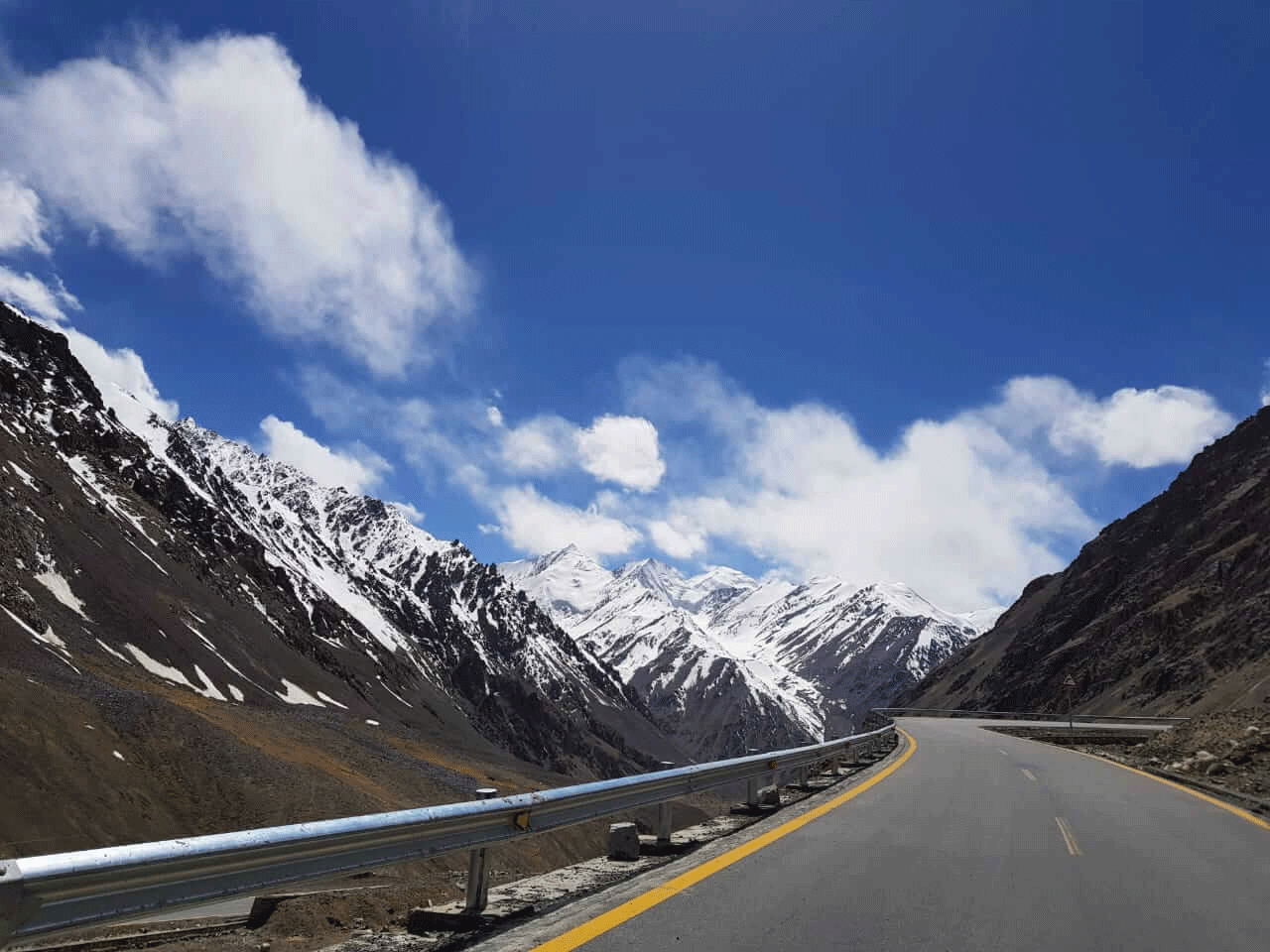
We also drove to the Khunjrab Pass, to the Pakistan-China border. The drive there is spectacular. We passed the Attabad lake which is an absolute jewel with its turquoise waters.
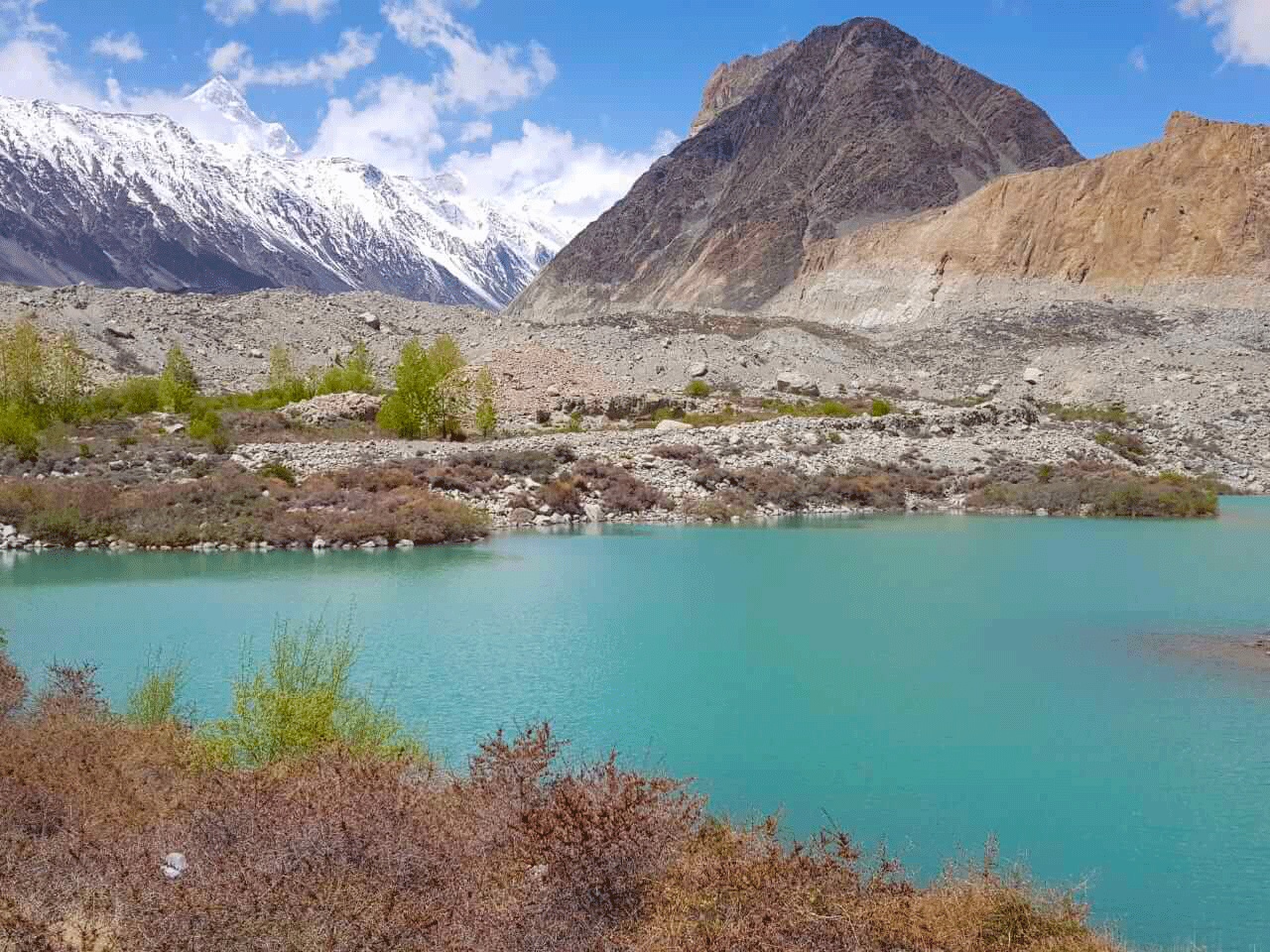
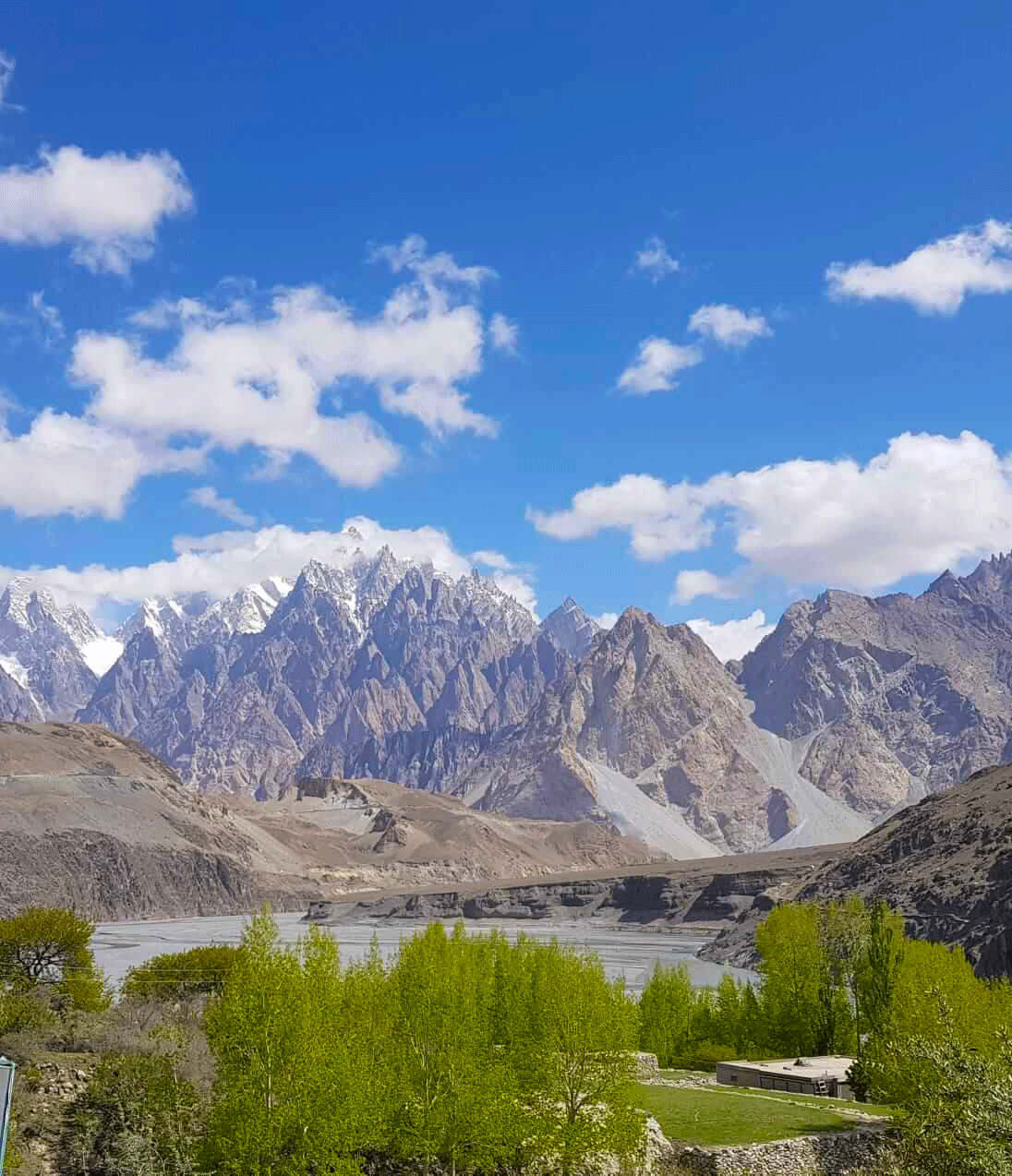
The route took us through long tunnels cut into the mountains by Chinese builders, so one is actually driving inside the mountains for fairly long stretches.
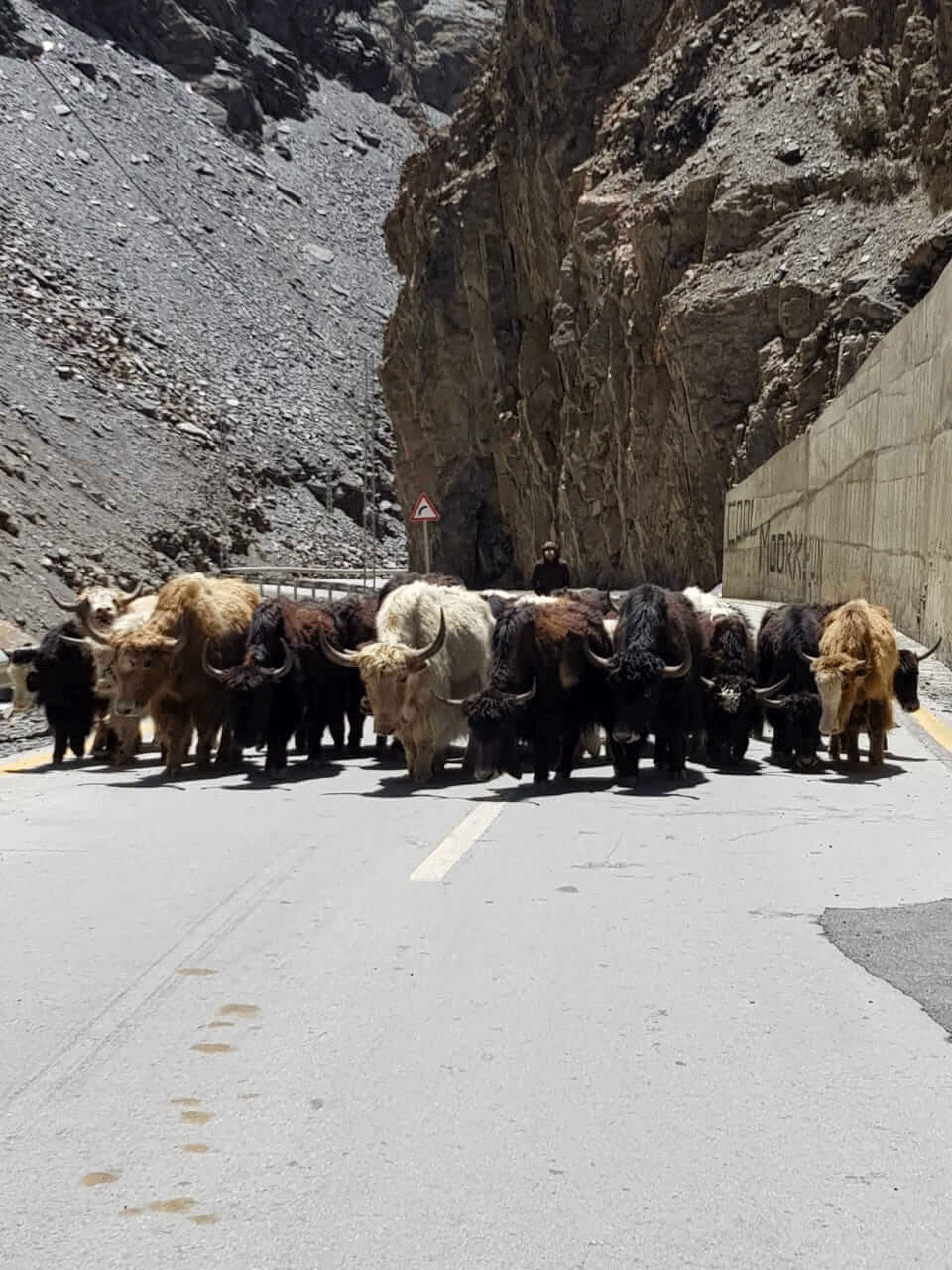
We emerged to spectacular views, including the Passu Cones. This is a cluster of absolutely conical peaks also called the Cathedral Range. We also passed the Batura glacier which is one of the largest glaciers outside of the polar regions.
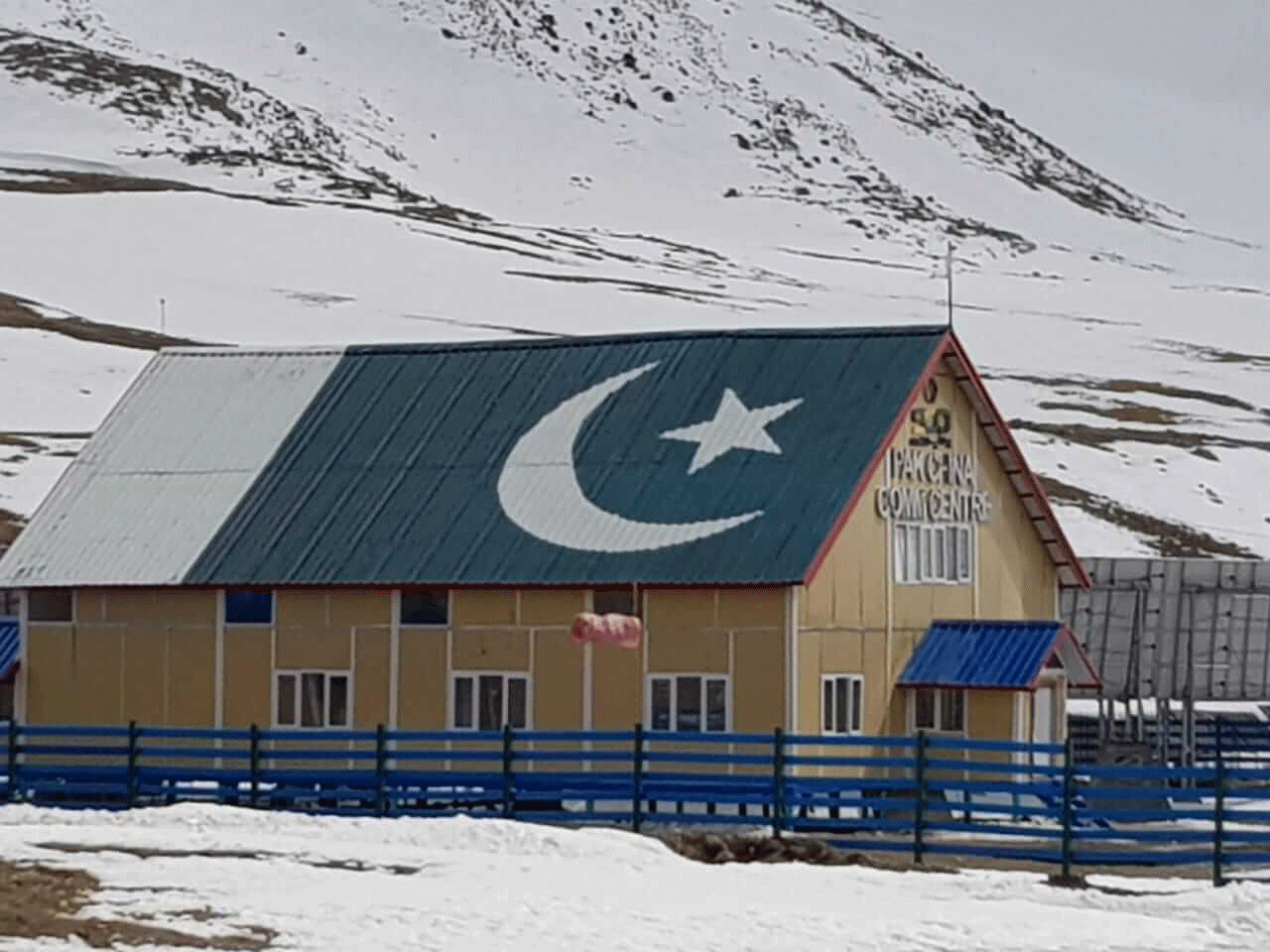

Khunjrab itself is extremely cold, mountainous and barren. Everything is very sharp and extra bright here. At an altitude of over 16,000 feet above sea level, the sunlight is very bright and the snow is dazzling white, almost fluorescent. One is advised to dress warm, even in April when we went, and to wear sunblock.
Would you return here?
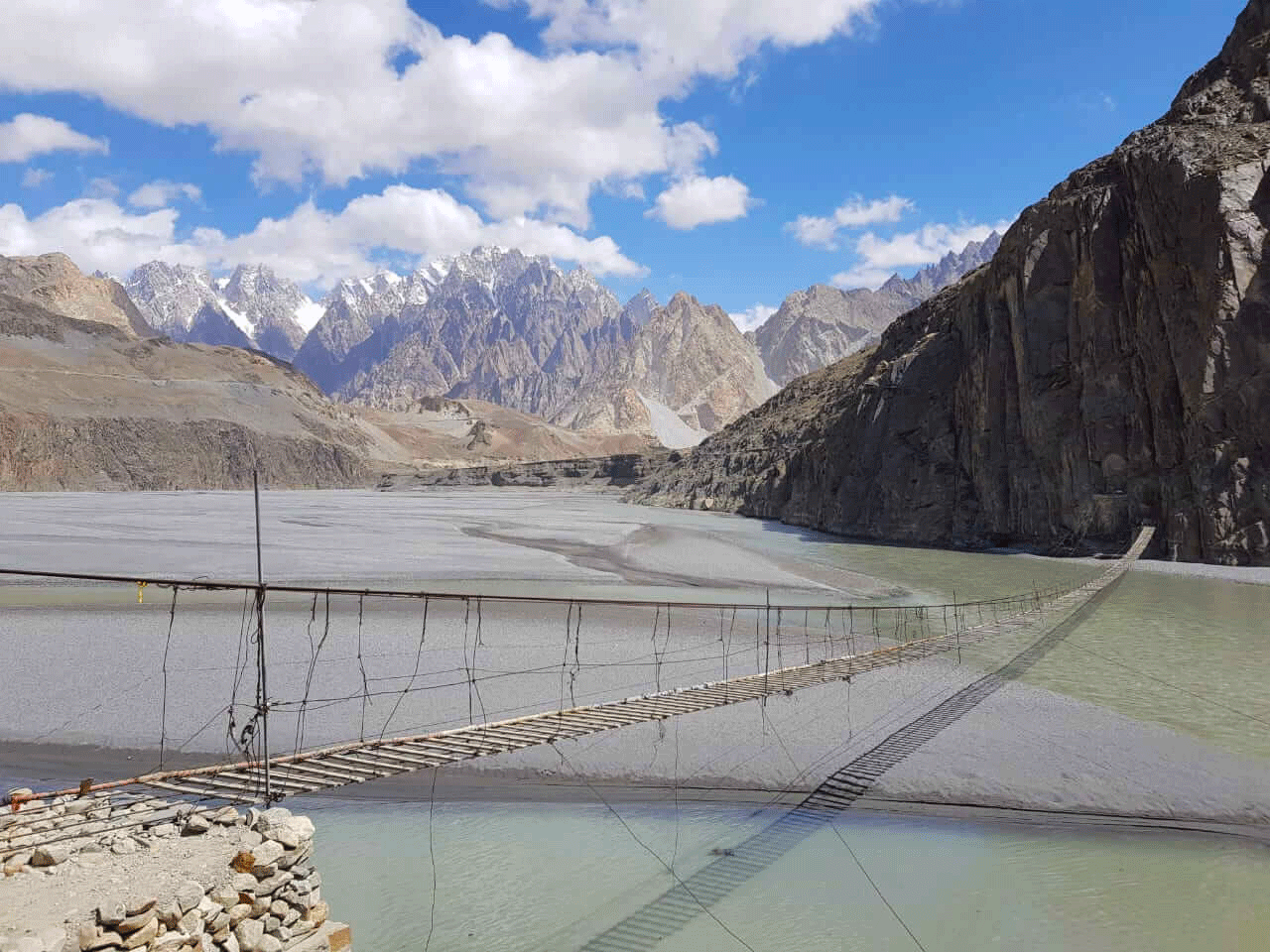

Definitely! I feel there is still so much more to see like the Mirapin village which is the starting point for many mountain climbers. I would love to trek to one of the basecamps.
Anone who can should travel to Hunza Valley!


